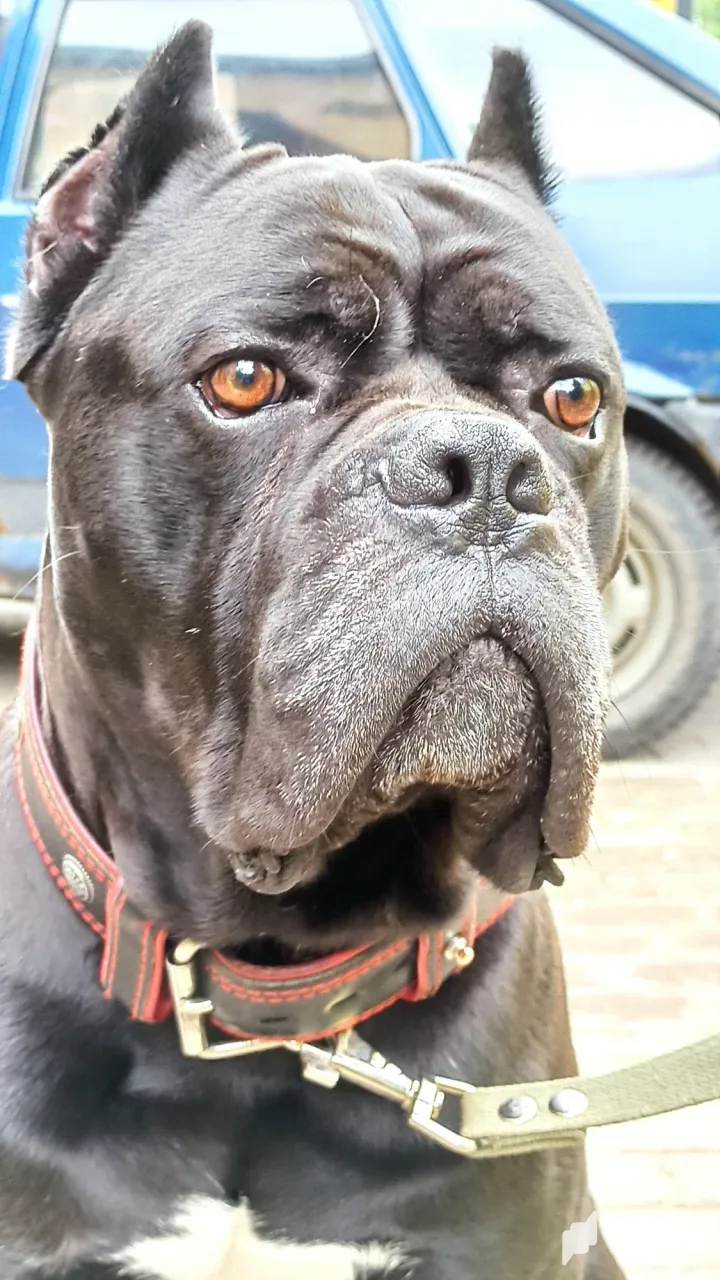
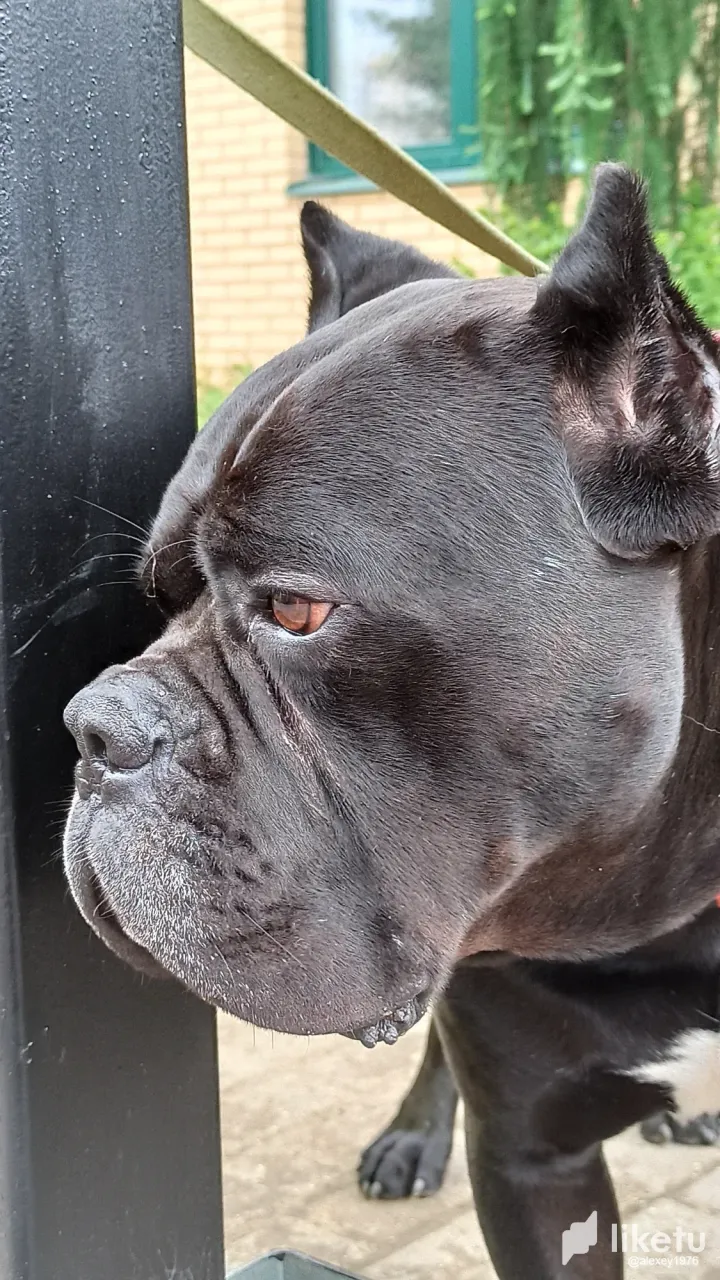
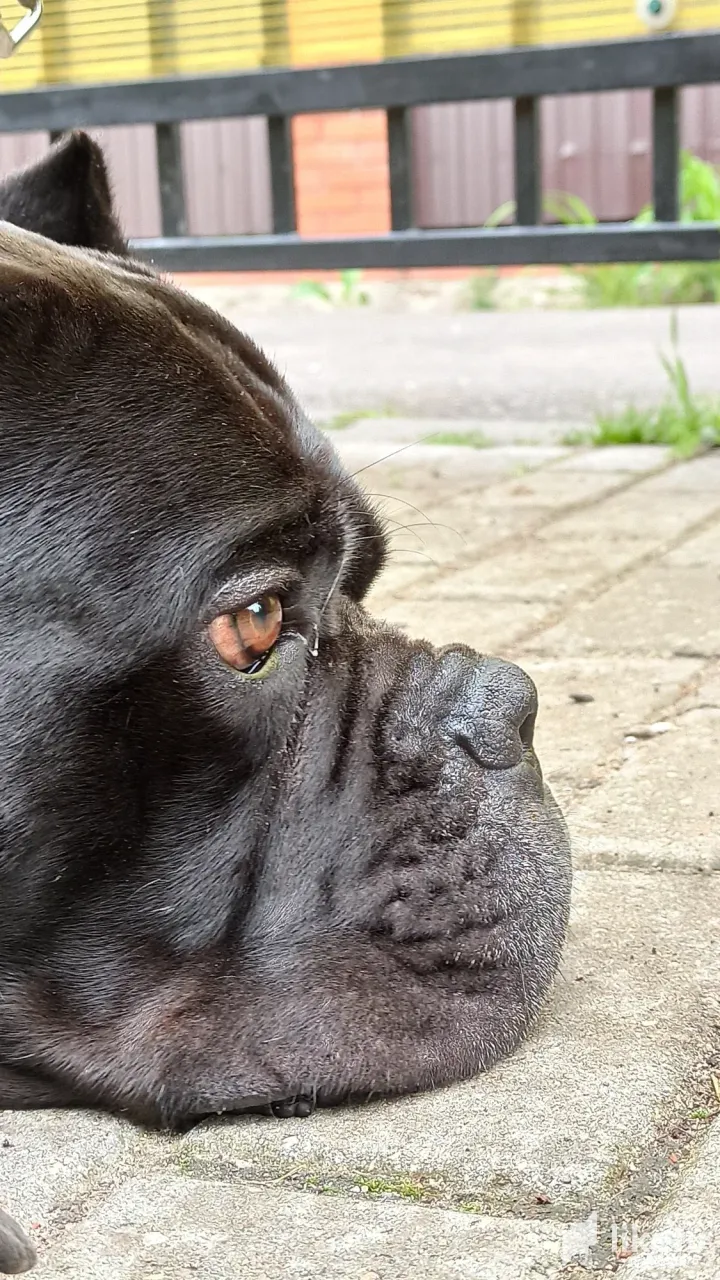
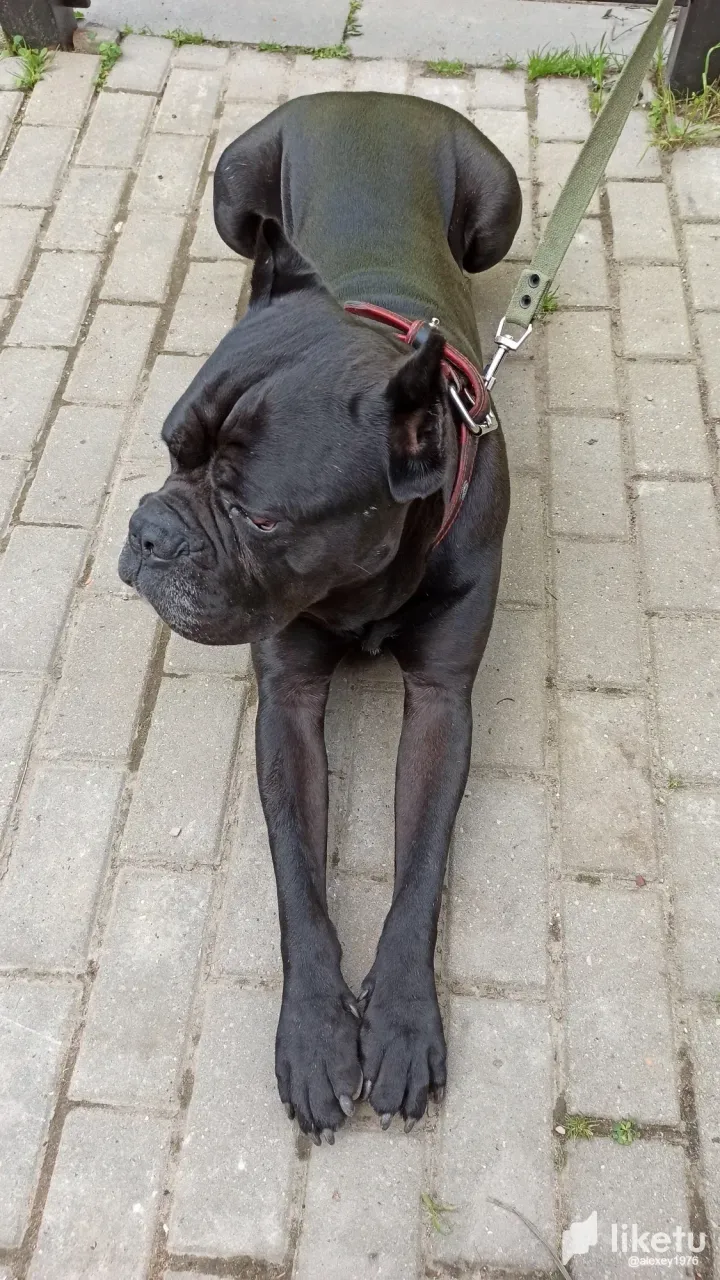
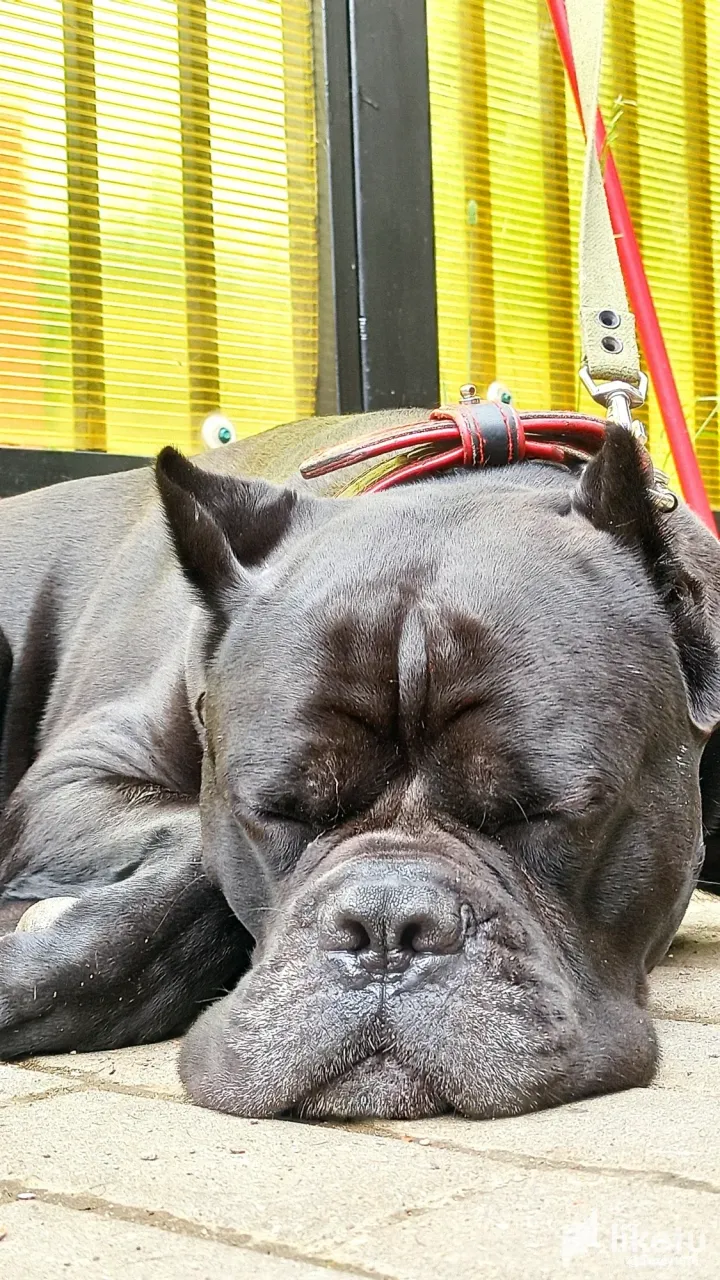
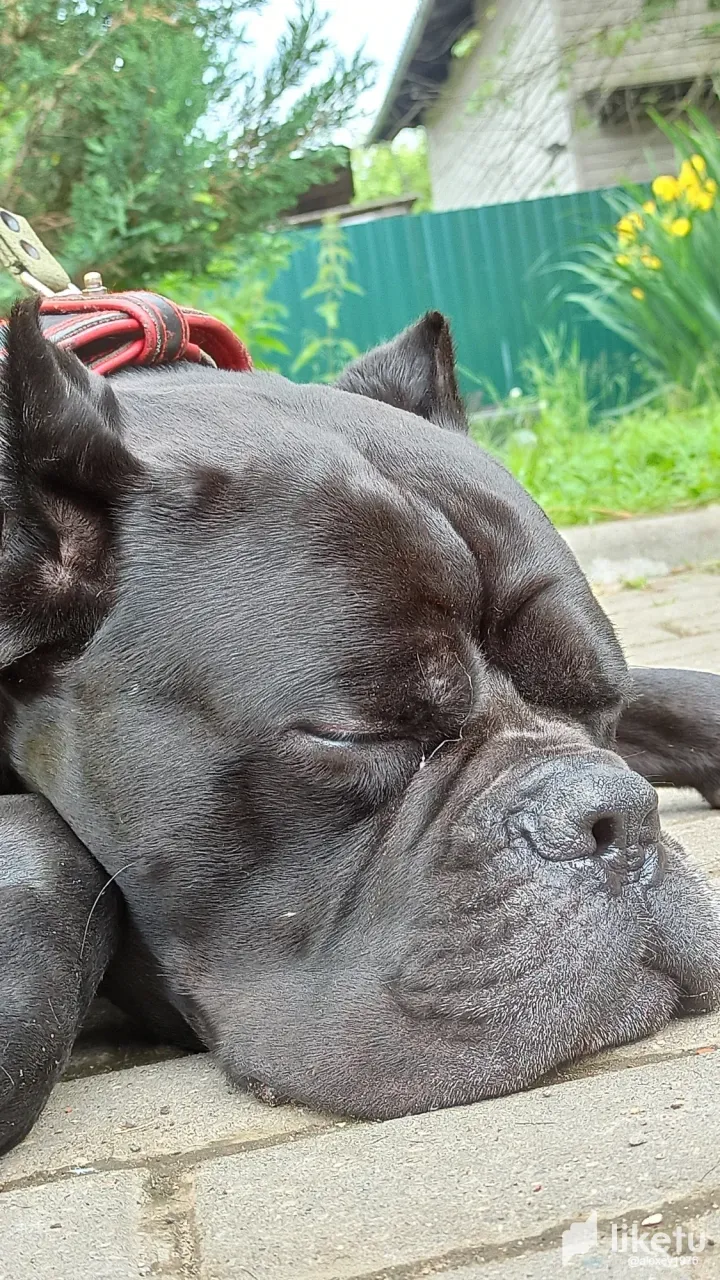
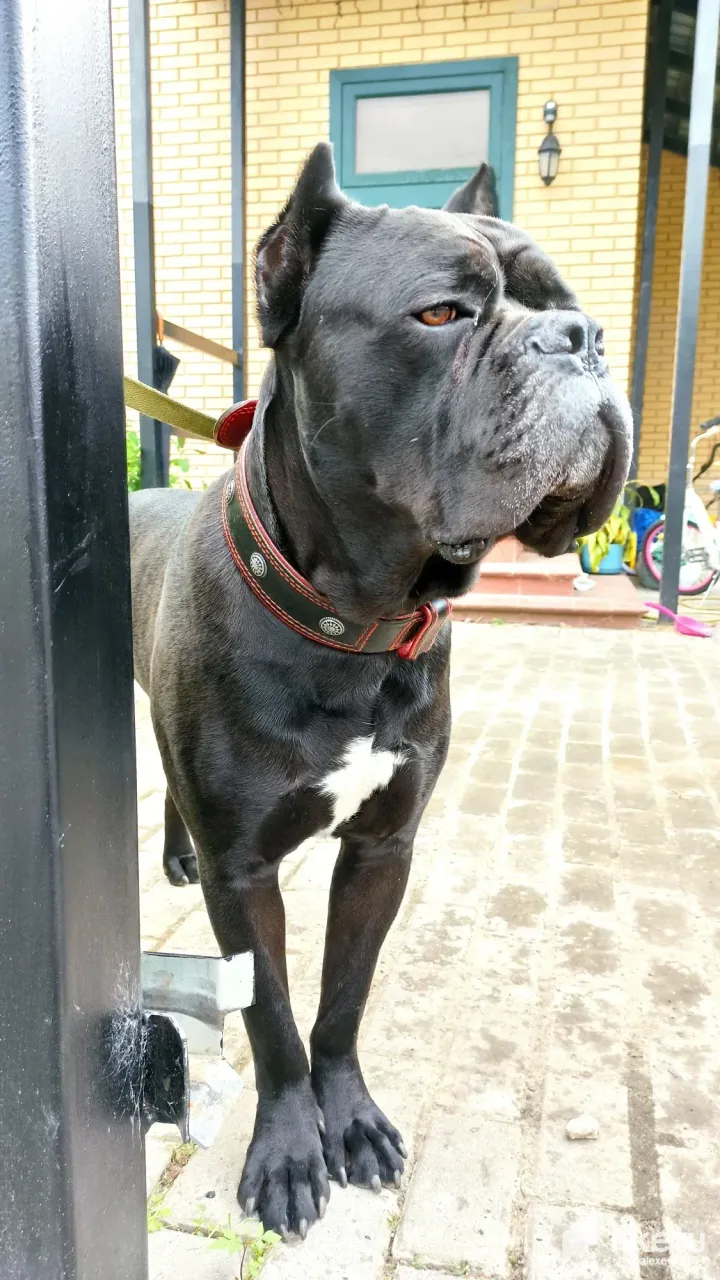
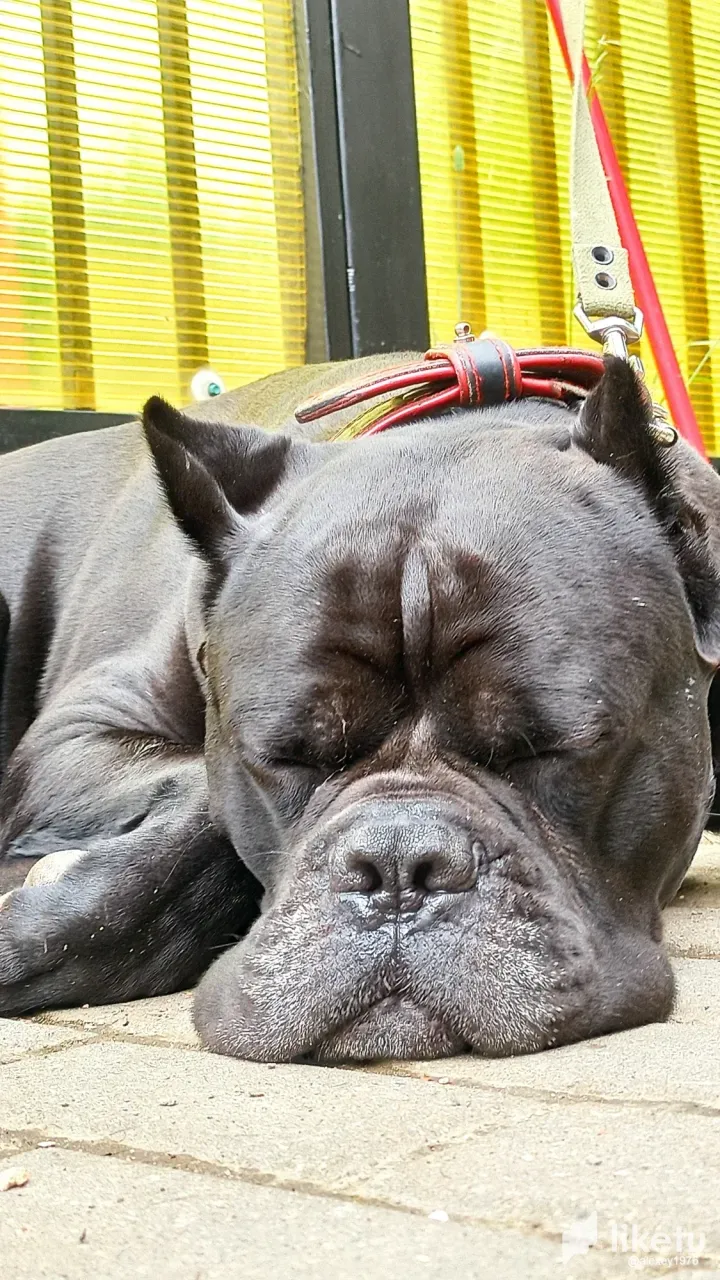
History of the Cane Corso Breed
The Cane Corso is an Italian breed of dog that is closely related to the Neapolitan Mastiff. It was bred in the southern Italian regions of Abruzzo and Molise and is believed to be descended from ancient Roman war dogs. The Cane Corso was mainly used to hunt large game, guard property and protect livestock.
In the 1980s, the breed was in danger of becoming extinct and was classified as a “critically endangered” breed by the Fédération Cynologique Internationale (FCI). In 1993, the breed was officially recognized by the FCI and the breed has since been steadily increasing in popularity.
The Cane Corso is an intelligent, devoted and loyal breed that bonds closely with its family. It is a natural guard dog and will protect its family without being overly aggressive. The breed is known for its calm and even-tempered nature, making it an ideal companion for families with children.
The dog loves to be with people, but sometimes it has to be tied on a leash and it starts to feel sad. In the photo you can see exactly that moment.